The Basics of Rye Crackers
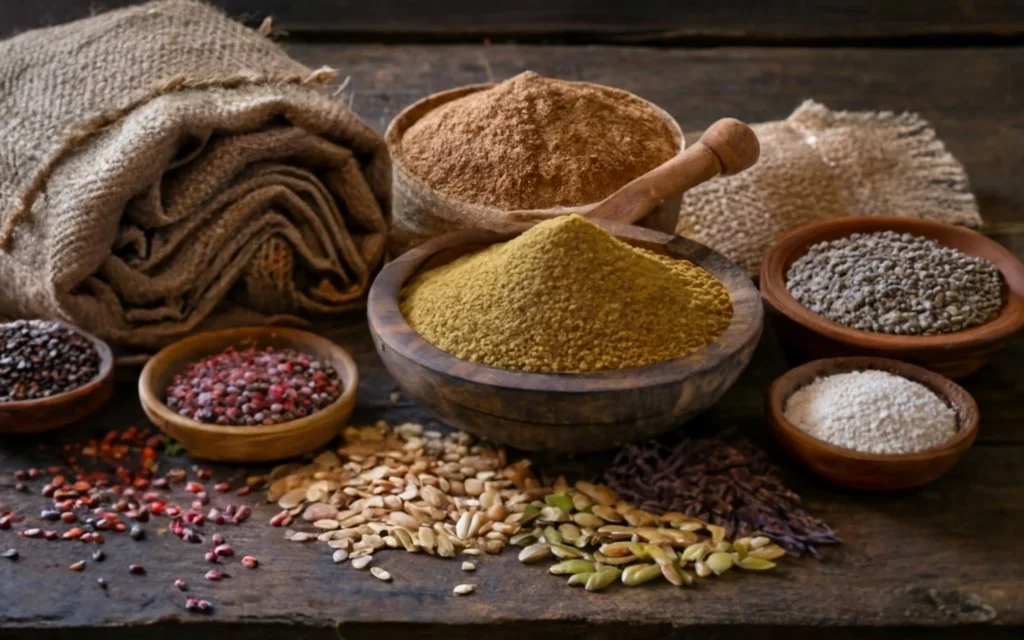
What is Rye?
the star ingredient in rye crackers, isn’t just any grain. It’s a powerhouse of nutrients, packed with dietary fiber, essential vitamins, and minerals. Interestingly, rye’s nutritional profile Guide to Rye Crackers It’s high in soluble fiber, which is fantastic for digestive health, and its low glycemic index makes it a wise choice for those managing blood sugar levels.
Rye’s Nutritional Profile
Rye’s journey from the field to our tables is a testament to its resilience and nutritional value. This hardy grain thrives in harsh climates, ensuring a steady supply. Its rich nutritional content, including magnesium, phosphorus, and B vitamins, contributes significantly to our overall health.
History of Rye Crackers
Delving into the past, rye crackers have a rich history. Originating in Europe, they were a convenient, long-lasting food source for travelers and soldiers. Over time, they evolved from a basic necessity to a beloved snack worldwide.
Traditional vs Modern Rye Crackers
Traditionally, rye crackers were simple, made with minimal ingredients. Exploring Piquillo Peppers: Culinary Benefits, Recipes, catering to a broader palate. Yet, they still retain their essence – simplicity and wholesomeness.
Popularity of Crackers
Now, crackers are a global phenomenon. They’ve found their way into diverse cultures and cuisines, becoming a go-to snack for health-conscious individuals. Their popularity stems from their versatility – they’re perfect as a standalone snack or paired with an array of toppings.
Global Consumption Trends
The global appeal of rye crackers is evident in their widespread availability. From Europe to America, they’re enjoyed in various forms, adapting to local tastes and dietary preferences. This adaptability has played a key role in their enduring popularity.
Ingredients and Preparation
Key Ingredients in Crackers
When pondering, “What are rye crackers made of?” the answer lies in their beautifully simple composition. At the heart of these crackers is rye flour, the key ingredient that imparts a distinct flavor and texture. However, it’s not just about the rye. Other components, such as water, a pinch of salt, and occasionally yeast or a sourdough starter, are crucial in crafting the perfect cracker. For those who enjoy a culinary adventure, Finnish Rye Cracker – SaimaaLife.
Understanding Rye Flour
Rye flour, known for its lower gluten content compared to wheat, contributes to a denser and more robust texture. This unique property is what gives rye crackers their characteristic crunch. The choice between whole grain or refined rye flour can also influence the nutritional value and texture of the crackers.
Additional Ingredients
Moreover, the versatility of rye crackers allows for various additions. Some recipes might call for a hint of honey for a mild sweetness or a dash of sea salt for an extra flavor kick. This adaptability makes rye crackers a fantastic option for those who love to experiment in the kitchen.
The Baking Process
Lipton Onion Soup Mix Guide ingredients into delightful, crispy crackers occurs in the oven. Typically, the dough is rolled out thinly and scored into shapes, ensuring even baking and that satisfying crunch.
Traditional Baking Techniques
Traditionally, rye crackers were baked in wood-fired ovens, which added a subtle smokiness to their flavor. This method, while less common now, is still cherished in some artisanal baking circles.
Modern Innovations in Baking
Conversely, modern baking techniques have introduced efficiency and consistency in the production of rye . Innovations in oven technology and dough handling have streamlined the baking process, making it easier to produce large batches without sacrificing quality.
Varieties of Rye Crackers
Finally, the world of rye crackers is not monolithic. From the classic plain variety to those infused with flavors like cheese, onion, or herbs, there’s a rye cracker for every palate. This diversity not only caters to different taste preferences but also makes rye a versatile component in various culinary creations.
Flavor Variations
The flavor variations of rye crackers are a testament to their adaptability. Whether you’re looking for a savory snack or a base for your favorite toppings, there’s a rye cracker variety that fits the bill perfectly.
Part 3: Nutritional Benefits

Health Benefits of Rye Crackers
Delving into the nutritional aspects, we find that crackers are not just about taste. They’re a powerhouse of health benefits. Rich in dietary fiber, they aid in digestion and promote a feeling of fullness, which can be beneficial for weight management. Additionally, the low glycemic index of makes these crackers an excellent choice for those monitoring their blood sugar levels.
Dietary Fiber Content
One of the key components answering “What are rye crackers made of?” is dietary fiber. This essential nutrient, abundant in rye, plays a vital role in maintaining digestive health. It also contributes to lowering cholesterol levels and regulating blood sugar.
Low Glycemic Index
Furthermore, the low glycemic index of rye means that these crackers provide energy without causing a rapid spike in blood sugar. This quality makes them a suitable snack for diabetics and those looking to maintain steady energy levels throughout the day.
Rye Crackers in Special Diets
Rye crackers are a versatile food that fits into various dietary needs. Whether you’re following a vegan diet, looking for whole grain options, or seeking gluten-free alternatives, there’s a rye cracker variety that can accommodate your dietary preferences.
Gluten-Free Options
For those with gluten sensitivities or celiac disease, it’s important to note that while traditional rye contains gluten, there are gluten-free rye cracker options available. These are made using gluten-free rye flour or alternative grains, providing the same delicious flavor without the gluten.
Vegan and Vegetarian-Friendly
Moreover, rye crackers are naturally vegan and vegetarian-friendly, making them a great snack or meal component for those following plant-based diets. Their high fiber content and nutrient density also make them a satisfying and healthful choice.
Culinary Uses and Pairings
Serving Suggestions for Rye Crackers
Rye , renowned for their versatility, can be a delightful addition to any meal or snack. They pair wonderfully with a variety of toppings, from classic cheeses to modern spreads. This adaptability makes them a favorite in kitchens worldwide.
Cheese and Spreads
A classic pairing for crackers is cheese. The robust flavor of rye complements both sharp and mild cheeses beautifully. Additionally, spreads like hummus or avocado add a creamy texture and rich flavor, creating a perfect balance with the cracker’s crunch.
Toppings and Dips
Moreover, rye crackers serve as an excellent base for creative toppings. Think smoked salmon with a touch of cream cheese and dill, or a simple yet delicious tomato and basil combination. They’re also great for dipping into soups or stews, adding a satisfying crunch to your meal.
Incorporating Rye Crackers in Recipes
Beyond serving as a standalone snack, crackers can be a key ingredient in various recipes. Their unique texture and flavor can enhance dishes, adding an extra layer of complexity and taste.
Appetizers and Snacks
For instance, crushed crackers can be used as a crunchy coating for baked or fried foods, offering a healthier alternative to traditional breadcrumbs. They’re also perfect for assembling appetizers, like mini bruschettas or canapés, ideal for parties or gatherings.
Creative Recipe Ideas
Furthermore, for those wondering, “What are rye crackers made of?” and how to utilize them in cooking, the possibilities are endless. They can be crumbled into salads for added texture, used as a base for quick and easy pizza bites, or even incorporated into dessert recipes for a unique twist.
Consumer Guide
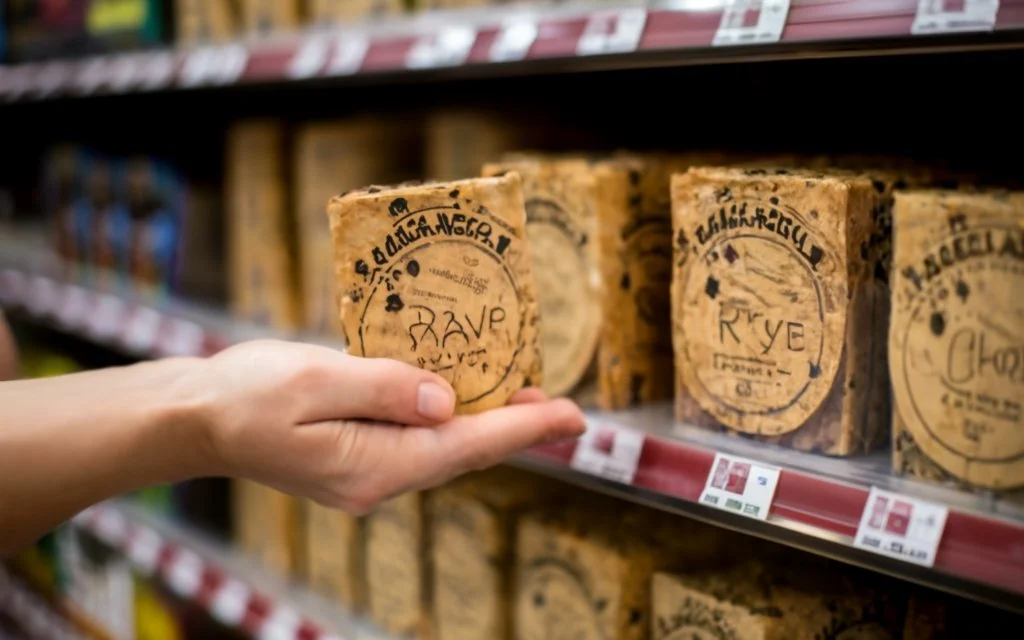
Choosing the Right Rye Crackers
When it comes to picking the perfect crackers, a little knowledge goes a long way. Firstly, scrutinize the ingredient list. Ideally, whole grain rye should top this list, answering the pivotal question, “What are rye crackers made of?” Moreover, steer clear of products laden with added sugars and preservatives; the simpler, the better.
Reading Labels and Ingredients
Additionally, label literacy is key. Choose crackers with a short, recognizable list of ingredients, often a hallmark of a healthier choice. Also, for those prioritizing organic or non-GMO foods, look out for relevant certifications on the packaging.
Organic and Non-GMO Options
Furthermore, the market is replete with organic and non-GMO rye cracker options, catering to a range of dietary preferences and needs. These choices can offer peace of mind for those concerned about food quality and environmental impact.
Storing and Preserving Rye Crackers
Once you’ve made your selection, proper storage is crucial. Keep your crackers in a cool, dry place. If they’re not in a resealable package, transferring them to an airtight container can help maintain their freshness and crunch.
Shelf Life and Freshness
Typically, rye crackers boast a commendable shelf life. However, they can lose their crispness over time, so it’s wise to consume them relatively quickly after opening. Always check the expiration date to ensure optimal freshness.
Best Storage Practices
Lastly, safeguarding your crackers from moisture is essential. Humidity can soften them, robbing them of their delightful crunch. Always ensure the container or packaging is properly sealed after each use to preserve their quality.
Part 6: The Environmental Impact of Rye Crackers
In our journey to understand “What are rye crackers made of?”, it’s crucial to consider their environmental impact. The production of crackers involves more than just combining ingredients; it also includes their ecological footprint.
Sustainable Farming Practices
the cornerstone of crackers, often grows under sustainable conditions. This resilient grain needs less water and fewer pesticides than many other crops, marking it as an environmentally friendly choice. Additionally, rye farming enhances soil health by preventing erosion and improving soil structure, making it a win for sustainability.
Rye’s Role in Crop Rotation
Moreover, rye plays a pivotal role in crop rotation, acting as a cover crop. It protects the soil in off-seasons, enriching it for future crops. This practice not only benefits the land but also supports biodiversity and reduces reliance on chemical fertilizers.
Manufacturing and Packaging
Furthermore, the production process of crackers can impact the environment. Companies focusing on energy-efficient manufacturing and reducing waste contribute positively to environmental conservation.
Eco-Friendly Packaging Options
Packaging is equally important. Brands using recyclable or biodegradable materials for packaging crackers are taking steps towards reducing plastic waste and promoting sustainability.
Consumer Choices and Impact
As consumers, our choices can drive significant change. By choosing rye crackers produced sustainably and packaged eco-friendly, we can support a healthier planet.
Supporting Sustainable Brands
Finally, supporting brands committed to environmental stewardship can create a ripple effect, encouraging more companies to adopt green practices. This shift can lead to a more sustainable food industry overall.
The Future of Rye Crackers
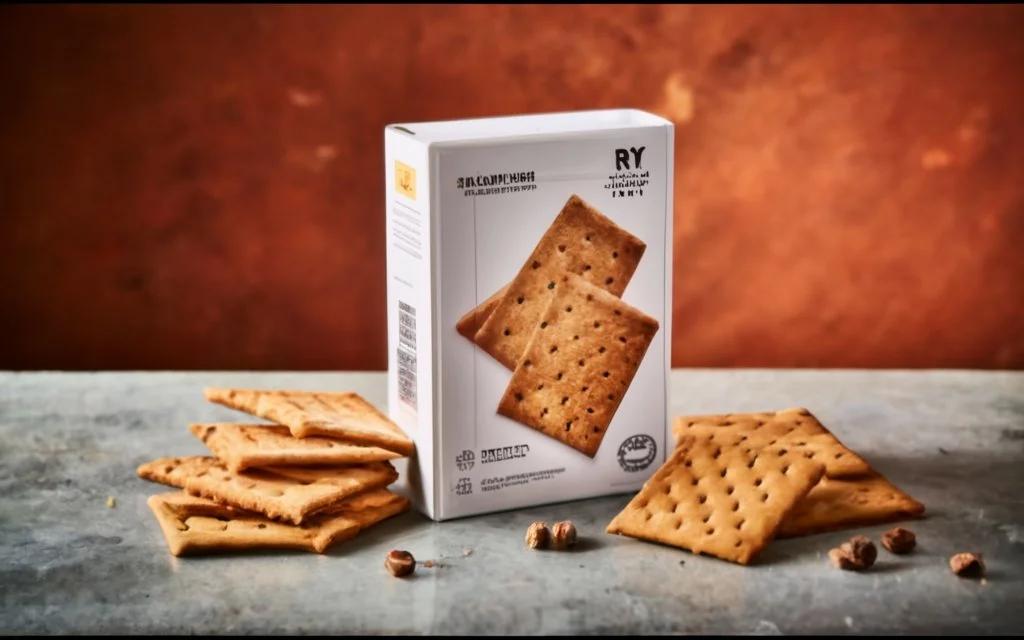
As we delve deeper into the question, “What are rye crackers made of?”, it’s fascinating to consider their future. The evolution of crackers is not just about ingredients and recipes; it’s also about how they adapt to changing consumer preferences and technological advancements.
Innovations in Rye Cracker Production
The future of rye crackers looks bright with ongoing innovations in production techniques. These advancements promise to make rye cracker manufacturing more efficient and environmentally friendly. Moreover, as technology progresses, we can expect to see even more creative and diverse rye cracker varieties.
Technological Advancements in Baking
Furthermore, technological advancements in baking equipment are set to enhance the quality and texture of rye . This means better crunch, more consistent baking, and potentially new flavors and textures that we haven’t experienced before.
Adapting to Consumer Preferences
Additionally, crackers are evolving to meet the changing dietary needs and preferences of consumers. This includes a greater focus on organic ingredients, gluten-free options, and flavors that cater to a global palate.
Health and Wellness Trends
As health and wellness trends continue to influence food choices, rye crackers are well-positioned to be a go-to snack. Their high fiber content, whole grain benefits, and potential for low-sugar and low-sodium variants align well with the growing demand for healthier snack options.
Environmental Considerations
Lastly, the environmental aspect will play a crucial role in the future of crackers. Producers who prioritize sustainable farming and eco-friendly packaging will likely lead the market, resonating with consumers who are increasingly conscious of their ecological footprint.
Rye Crackers in Global Cuisine
Exploring the global culinary landscape, we find that crackers are not just a snack but a versatile ingredient in various cuisines. This brings us back to the essential question, “What are rye crackers made of?” Beyond their basic ingredients, they are made of tradition, innovation, and cultural adaptation.
Rye Crackers in Different Cultures
Rye crackers have found their way into the hearts and kitchens of people around the world. In Scandinavia, for instance, they are a staple, often enjoyed with smoked fish and cheese. Meanwhile, in North America, they have become a popular base for creative appetizers and health-conscious snacks.
Adaptation to Local Tastes
Furthermore, the adaptation of crackers to local tastes is a testament to their versatility. Each region adds its unique twist, whether it’s through the addition of local herbs, spices, or pairing with regional delicacies.
Fusion Cuisine and Rye Crackers
Additionally, rye crackers are increasingly appearing in fusion cuisine. Chefs are using them as a canvas to blend flavors from different culinary traditions, creating exciting and innovative dishes that appeal to a diverse audience.
Rye Crackers in Modern Gastronomy
In the realm of modern gastronomy, crackers offer a unique texture and flavor that can elevate a dish. Their rustic appeal and wholesome taste make them an excellent choice for contemporary recipes that focus on quality ingredients and simplicity.
The Future of Rye Crackers in Global Cuisine
Lastly, as global cuisine continues to evolve, rye crackers are likely to play an even more significant role. Their ability to adapt to different culinary styles and dietary preferences makes them a future-forward ingredient in the world of gastronomy.
Nutritional Innovations in Rye Crackers
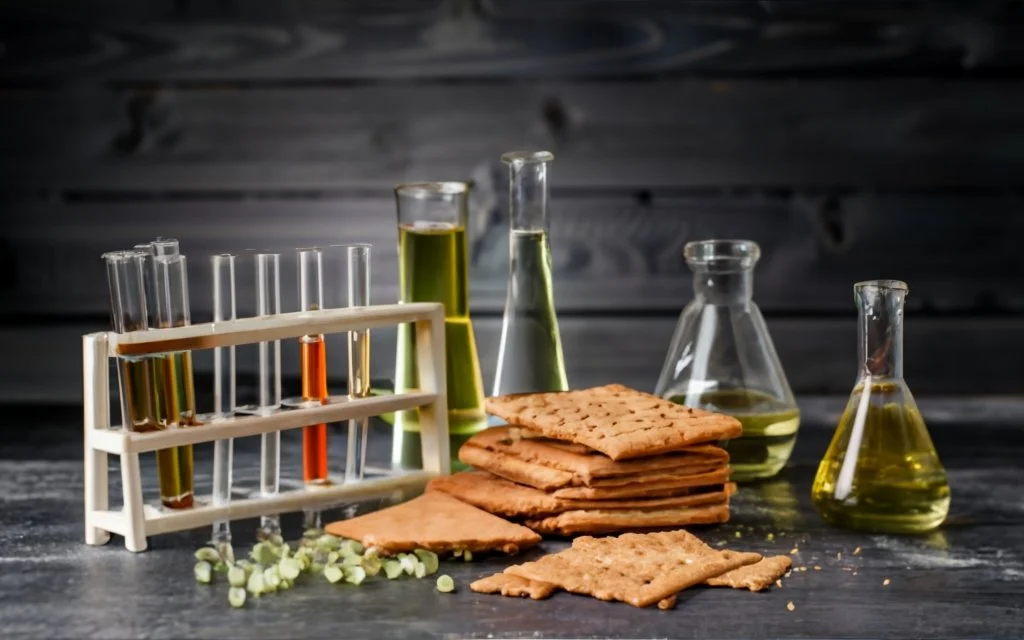
As we delve deeper into the nutritional landscape of rye crackers, it’s essential to revisit the fundamental question: “What are rye crackers made of?” This inquiry not only uncovers the basic ingredients but also leads us to the latest nutritional innovations in this wholesome snack.
Enhancing Nutritional Value
The ongoing evolution in the world of rye crackers focuses on boosting their nutritional profile. Manufacturers are now fortifying these crackers with additional vitamins and minerals, making them an even healthier choice for consumers.
Incorporating Superfoods
Furthermore, the trend of incorporating superfoods into rye crackers is on the rise. Ingredients like chia seeds, flaxseeds, and quinoa are being added, enhancing the crackers with omega-3 fatty acids, antioxidants, and extra fiber.
Low-Sodium and Sugar-Free Variants
Additionally, in response to health concerns, there’s a growing availability of low-sodium and sugar-free crackers. This shift caters to those managing blood pressure or blood sugar levels, ensuring that rye crackers remain a safe and healthy option.
Gluten-Free Rye Crackers
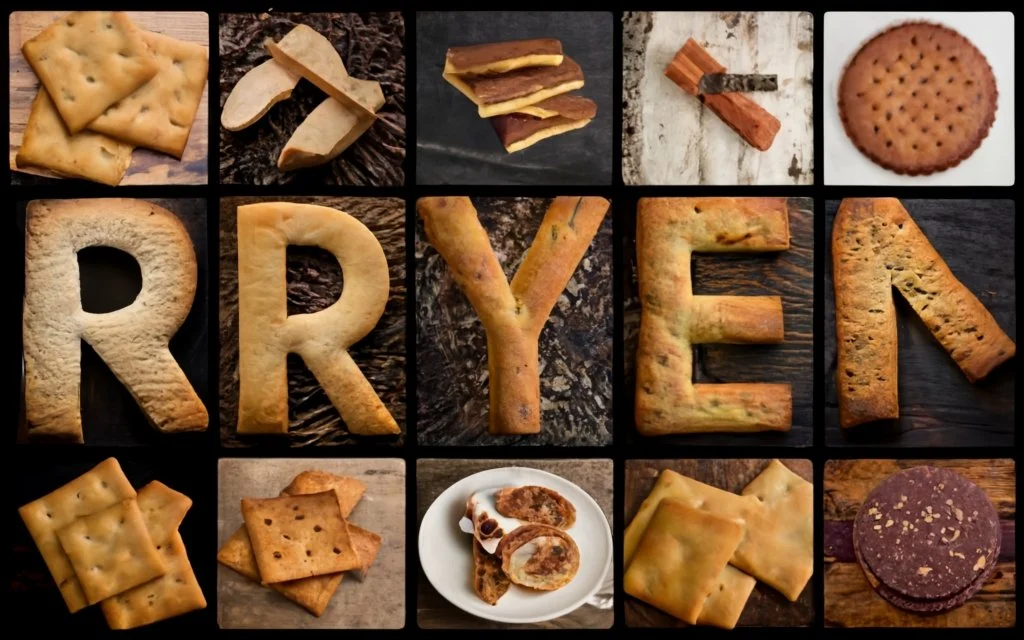
Moreover, the development of gluten-free rye crackers has been a significant step forward. By using gluten-free grains, these crackers have become accessible to a broader audience, including those with gluten intolerance or celiac disease.
Probiotic-Infused Rye Crackers
Lastly, an exciting development in the rye cracker market is the introduction of probiotic-infused options. These crackers not only provide the usual benefits of rye but also support gut health, adding an extra layer of nutritional value.
Conclusion
Throughout our comprehensive exploration of crackers, we’ve journeyed far beyond the simple question, “What are rye crackers made of?” We’ve delved into their rich history, nutritional profile, cultural significance, and the evolving trends shaping their future. crackers, as we’ve discovered, are more than just a humble snack. They are a testament to culinary simplicity, nutritional wisdom, and cultural heritage.
From their origins as a staple in European diets to their modern adaptations in global cuisine, crackers have demonstrated remarkable versatility. They’ve adapted to meet the demands of health-conscious consumers, aligning with trends in wellness, dietary preferences, and environmental sustainability. The ongoing research into their health benefits further cements their status as a valuable component of a balanced diet.
In essence, crackers embody the fusion of tradition and innovation. They continue to be a beloved snack, appreciated not only for their distinct taste and texture but also for their ability to fit into various lifestyles and dietary needs. As we look to the future, it’s clear that crackers will remain a relevant and cherished food item, evolving alongside our changing world.
In closing, our exploration into crackers offers a deeper appreciation for this simple yet profound food item. It reminds us that even the most basic foods can have rich stories to tell and significant roles to play in our diets and cultures.

